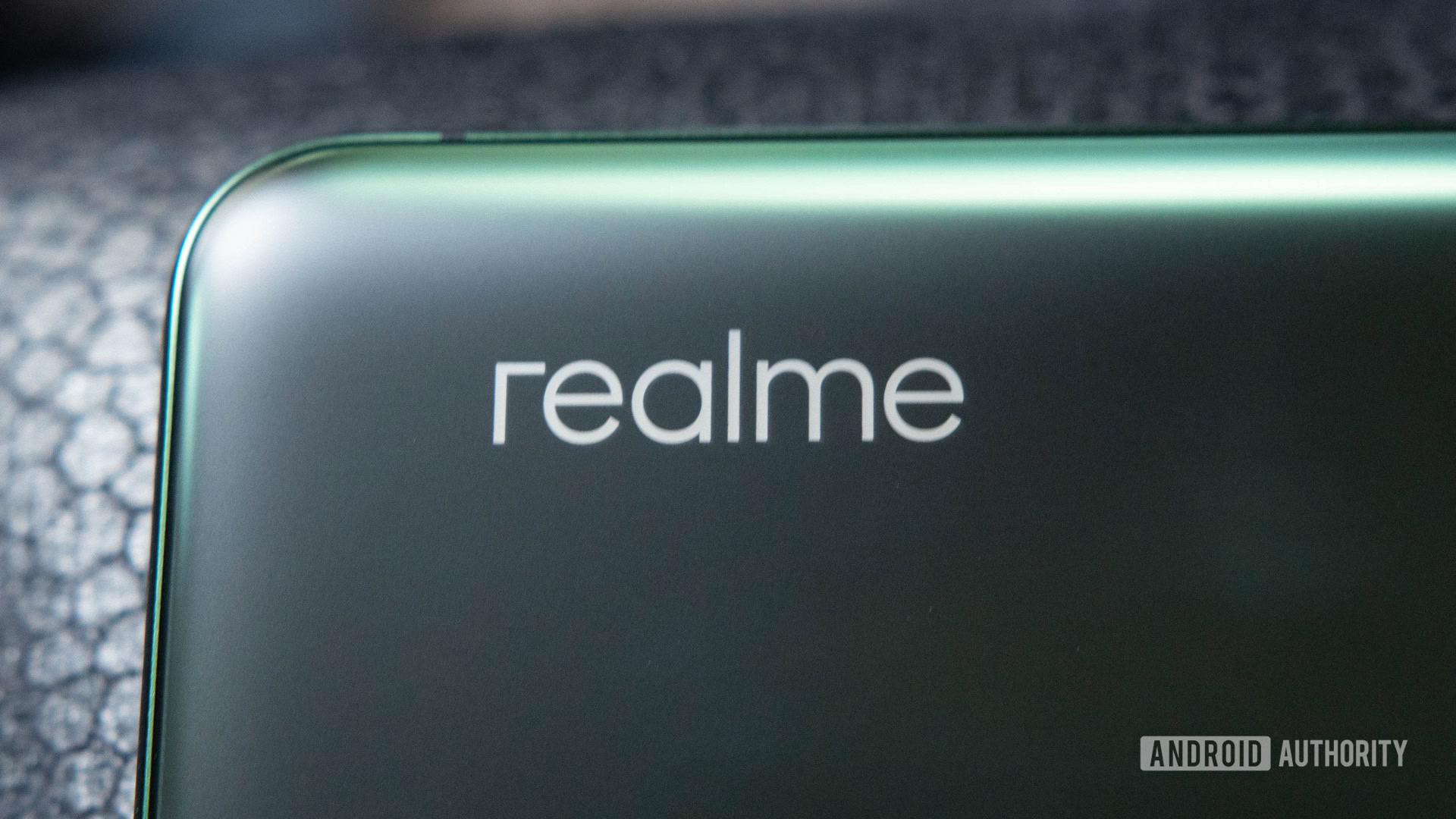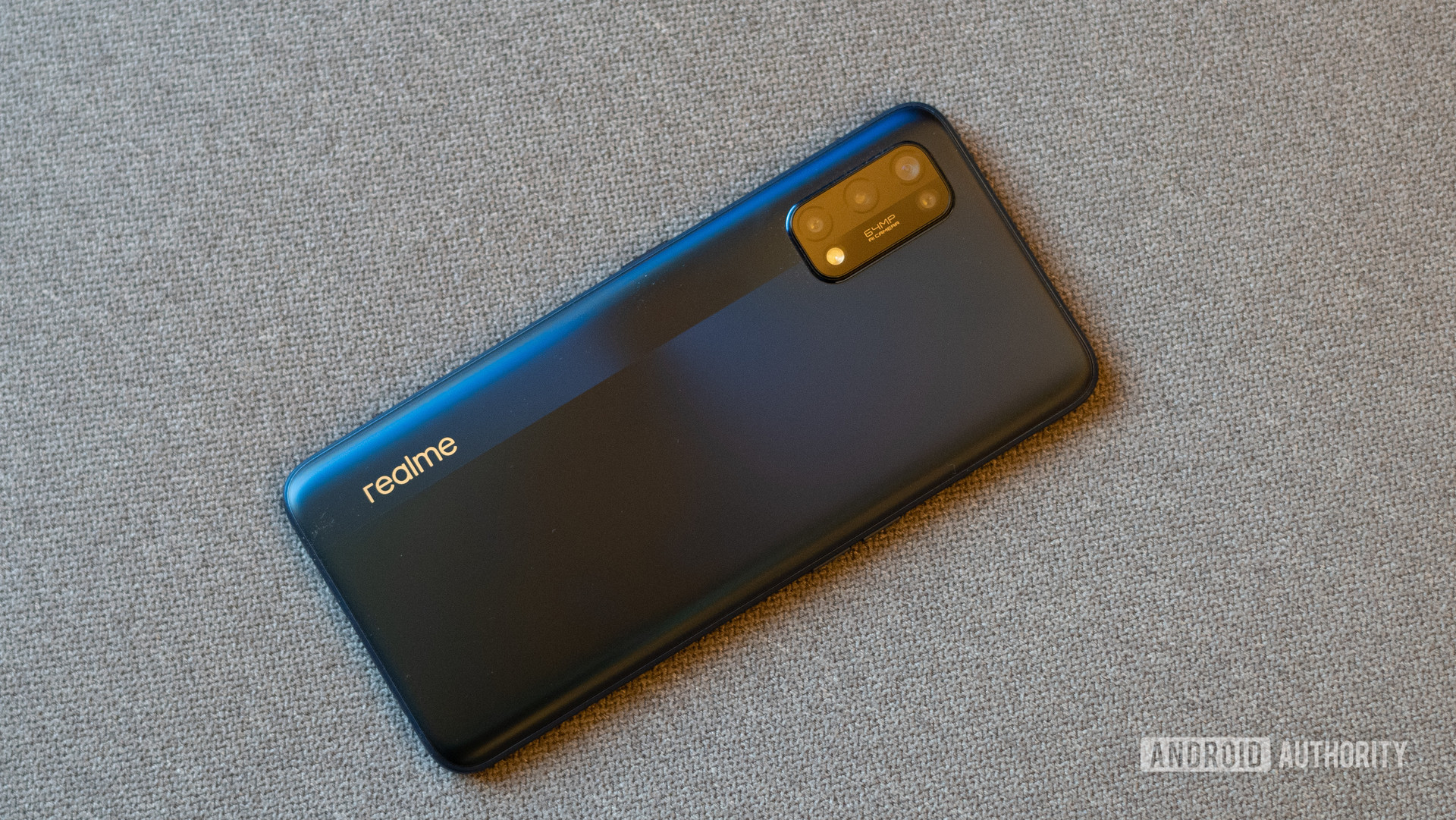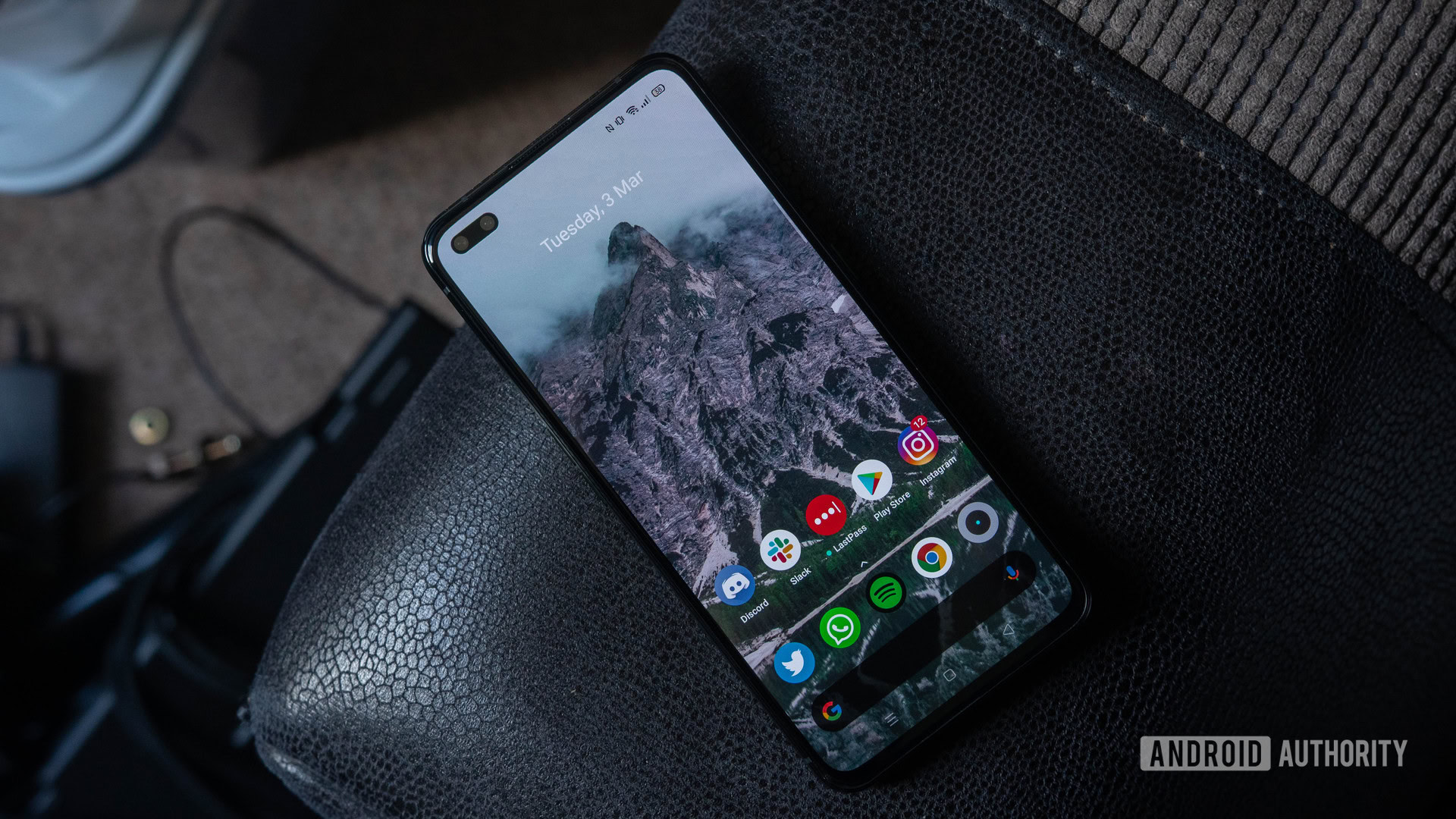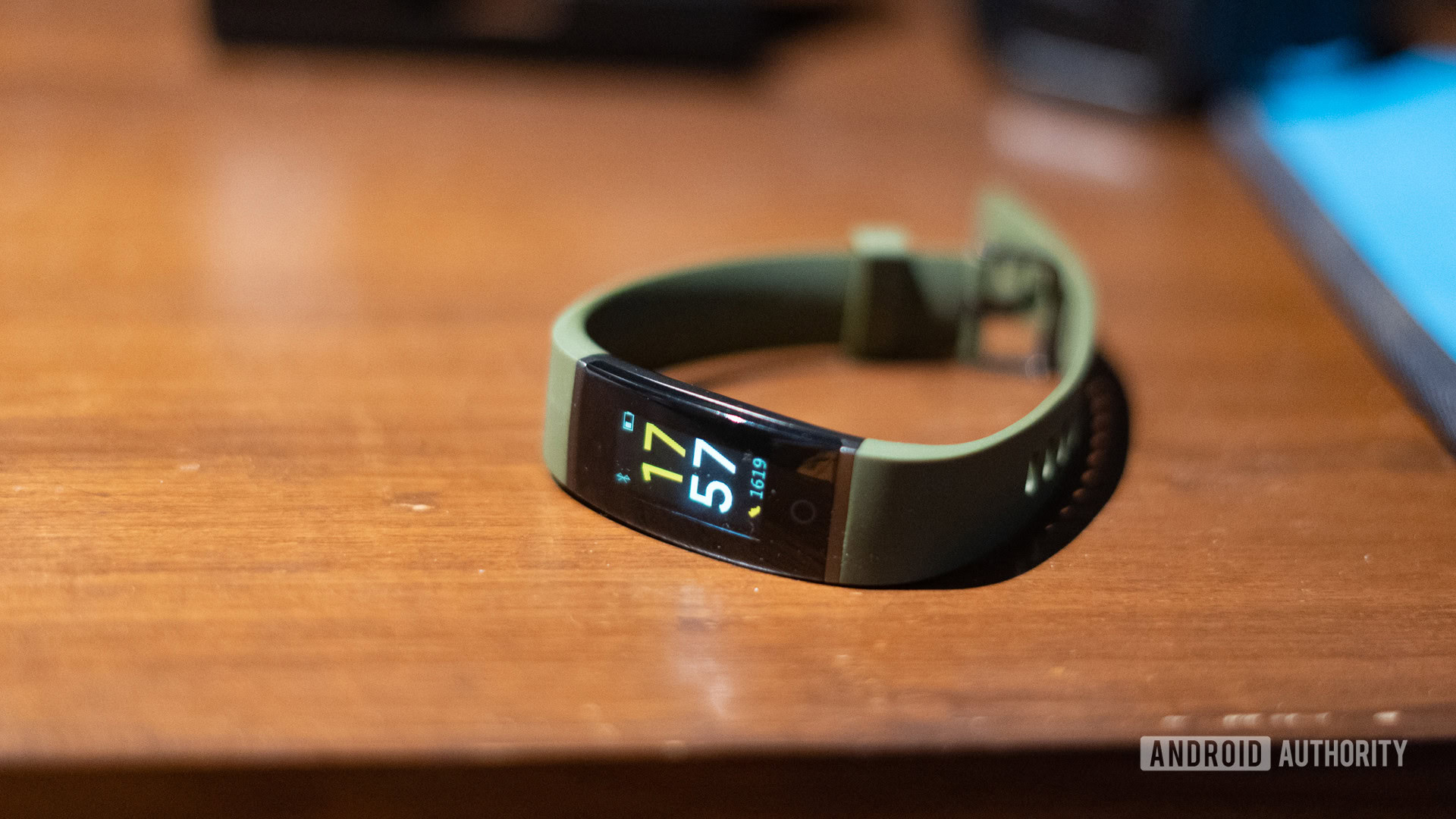Affiliate links on Android Authority may earn us a commission. Learn more.
realme interview: Premium prices, new markets, update promises, and more
Published onFebruary 11, 2021

Update: February 12 2021 (8:39AM ET): realme has clarified that the realme X7 series will no longer be coming to Europe, and that the X9 series would be coming to the market instead. We’ve updated the article in the relevant section below.
Original article: February 11 2021 (7:06AM ET): realme has gone from strength to strength in 2020, with global shipments up 65% over 2019. The firm has also seen major growth in India, allowing it to claim the number four spot in 2020.
So what does the company have up its sleeve for 2021? Should we expect higher pricing this year? Is the company learning to walk before it can run in the ecosystem space? We spoke to realme India and Europe CEO Madhav Sheth to cover these topics and more.
Premium realme prices
realme has a reputation for offering flagship phones that are affordably priced compared to the competition. But we’ve repeatedly seen a pattern over the years for upstart smartphone brands to start with affordable flagships and then offer premium price tags as they become established. Examples of this include Xiaomi and the Mi 10 series and Huawei and its Pro range. Will we see realme offer premium pricing for flagships in 2021? Sheth responded:
Not this year, in 2021. But yes, you’ll see [the] price of the devices, definitely around $600 to $700, coming this year.
It’s not clear how this will translate to European and Indian pricing, with last year’s realme X50 Pro starting at under ~$550 in India but retailing for €599 (~$726) in Europe. For what it’s worth, the realme Race Pro in particular looks like it might warrant a $600 to $700 price tag. The upcoming Snapdragon 888-toting flagship packs a 160Hz QHD+ OLED screen and a 5,000mAh battery with 125W charging.
It is clear, however, that the company isn’t ruling out premium flagship pricing in the future. And it therefore sounds like a price hike isn’t out of the question for 2022 or later.
Plans for Europe

realme is a relatively recent entrant to the European region, but it’s already managed to deliver plenty of growth. So what should we expect for the region this year? In addition to bringing more of its lifestyle products to Europe, Sheth highlighted realme’s loftier goals:
Our key target is definitely to popularize 5G in every single price segment. And being in the top five or top three in many markets. To sell around 10 to 12 million units in Europe, that’s our ambition.
The executive also suggested that both the upcoming realme Race Pro and X9 Pro flagships could be coming to Europe, giving users a choice between the two high-end phones.
Sheth originally stated that the realme X7 series had been delayed in Europe due to supply chain disruptions, saying that the phones would be coming in Q1 or Q2 2021. realme has since clarified after publication that the phones will no longer be launching in Europe. Instead, the firm says it will be bringing the X9 series to the region later this year.
New year, new markets
realme has a pretty solid global footprint, but there’s definitely room to expand, including, “many other markets” in Europe and elsewhere which the company has yet to enter.
“One of the regions we’ll definitely be a part of is Africa,” said Sheth. “Maybe Western Africa, Eastern Africa, and Southern Africa we’ll be entering this year.” South Africa was highlighted specifically as being on the cards via local carrier Vodacom, with a global central agreement with parent company Vodafone already established.
Too many phones, not enough updates?

One concern that seems to pop up constantly regarding realme is that it’s been delivering a ton of smartphones. So how does the company balance a huge portfolio with challenges like firmware updates and other hurdles that come with many phones?
Sheth claims that realme only has one or two devices at a specific price-point, saying that these devices are refreshed “after six to eight months.” He also explains that the company will “never compromise on updates.”
See also: The best phones under 20,000 rupees
It’s worth noting though that the realme 3 and realme 5 are missing from the realme UI 2.0 beta roadmap, having been launched in 2019. Sheth says they had only promised two Android updates (Android 9 and Android 10) to these phones. Both phones launched with Android 9, however, which means they’ve only received one Android version update.
We’ve also seen Samsung announce a commitment to offering three years of Android version updates to select smartphones. Could we see realme following in the South Korean brand’s footsteps?
“realme has a policy of two years,” Sheth stated, adding that security patches could be available for more than two years.
On under-display selfie cameras and foldables
The smartphone industry recently saw the launch of the first commercially available phone with an under-display selfie camera in the ZTE Axon 20 5G. Unfortunately, images taken with this camera definitely seem like a step down compared to traditional selfie cameras. Should we expect this feature from realme in 2021?
Sheth says it won’t commercialize technology until the company feels it’s practical enough to use. That appears to include under-display cameras — “not in 2021 for sure,” Sheth affirmed, while also delivering the same response at the prospect of a foldable realme phone.
On a rough start with its ecosystem products

It’s been a running theme so far that realme’s ecosystem products — notably its wearables — could’ve done with more polishing prior to release. Our own Dhruv Bhutani said the realme Link app was the weakest part of the realme Band experience. He also lamented spotty fitness tracking with the band and the realme Watch.
“We didn’t have the right ecosystem from day one,” Sheth said on the topic. “…we are learning. I won’t shy away from saying that, we are learning.” He added that the community has also given feedback, with some asking why realme was rushing its plans and why it didn’t bring better ecosystem products to market.
But Sheth says that ecosystem product design, distribution, and software development were all separate entities, explaining that it took some time to get this arrangement working:
…I’m not saying it’s one of the best communication apps between the mobile phone and IoT, but I can guarantee that we’re basically moving in the right direction… currently the realme Link app is 100x more improved than when we actually launched.
He added that he was “pretty confident” in connectivity between realme ecosystem products and iOS as well, with the iOS version of the realme Link app launching in December 2020.
Are you excited to see realme’s plans unfold in 2021?